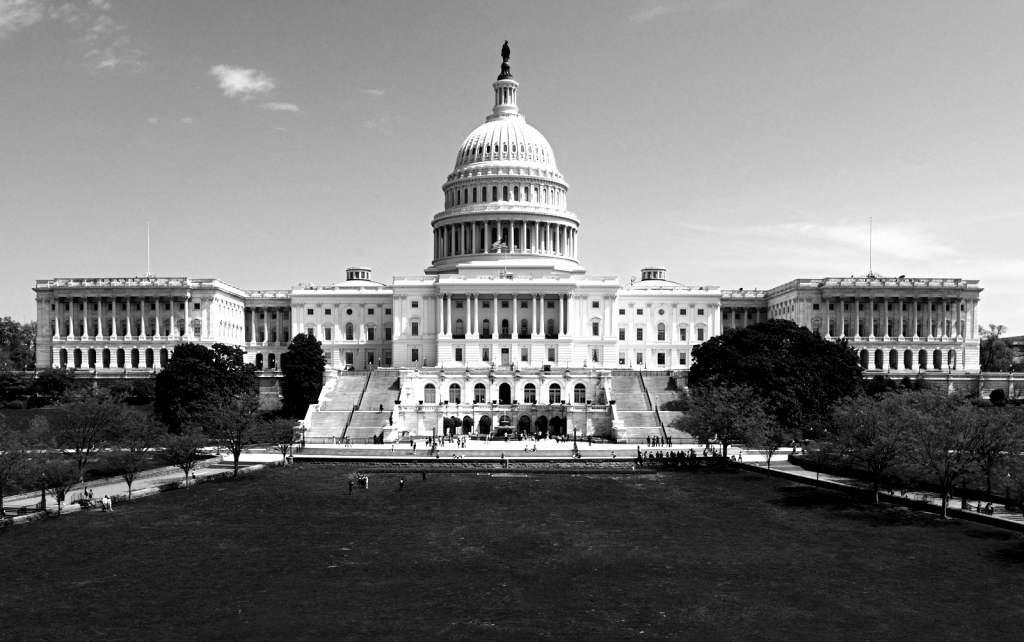By Sasha Rivera
From midnight on January 20 to the evening of January 22, the United States government shut down after Congress failed to pass legislations to fund government operations and agencies. The major subjects of debate during the shutdown were whether to extend the statuses of people under the Deferred Action for Childhood Arrivals (DACA) immigration policies, to resume funding the Children’s Health Insurance Program (CHIP), and how much money needed to be allocated to building the Mexico-US Border Wall. The shutdown began when the Senate could not overcome a Democratic filibuster of a temporary continuing resolution, which needed to be ended by a 3/5 supermajority. It finally ended once the Democrats agreed to end the filibuster once the Republicans promised to allow more debate about the DREAM Act before the expiration of the continuing resolution on February 8, 2018.
According to The Atlantic, the Senate Democrats were filibustering an appropriations bill that House Republicans had passed, which would restore the sequester cuts in defense and add more for the military while “…taking that funding out of domestic programs, proposing deep cuts to programs from diplomacy and development, to education and the safety net, to the environment and health” (The Atlantic). In 2013, Paul Ryan (R-Wis.) had proposed a bill that would give a $54 billion increase for defense. While this initial proposal failed to go through initially, President Trump revived it in his budget plan for fiscal 2018 so that “…defense appropriations would go up by $54 billion and the rest of the government would be cut $54 billion below the caps set out in the BCA (Budget Control Act of 2011).” House Republicans adjusted this plan by lowering the domestic spending caps by $5 billion and adding $72 billion to the military. Because this proposal challenged the BCA spending limits, it would need 60 votes and compromise with the Democrats (Politico).
The Democrats chose to protest this bill, and also wanted to push for support of DACA in the fiscal plan for 2018 rather than deportation. However, another undergoing issue was that CHIP had not received funding since October, and had been up for expiration on September 30, the end of the last fiscal year. In an attempt to reach some type of compromise, Republicans chose to use the 9 million children who needed the program as a bargaining chip by including CHIP’s reauthorization as part of the proposed bill (The Atlantic). Democrats finally relented after three days with an agreement that CHIP would resume for another six years and a promise that Senate Majority Leader Mitch McConnell would give a clean debate and vote on the DACA policy.
The government shutdown sparked a lot of backlash and negativity towards Senate Democrats. The White House blamed them with an answering machine message that told callers that the Democrats were holding “…government funding – including funding for our troops … hostage” (BBC News), accompanied by various social media posts from the president with similar claims. Those on the political left criticized the Democrats for giving in without any firm assurance about the future of DACA and whether those affected by it would face deportation.



